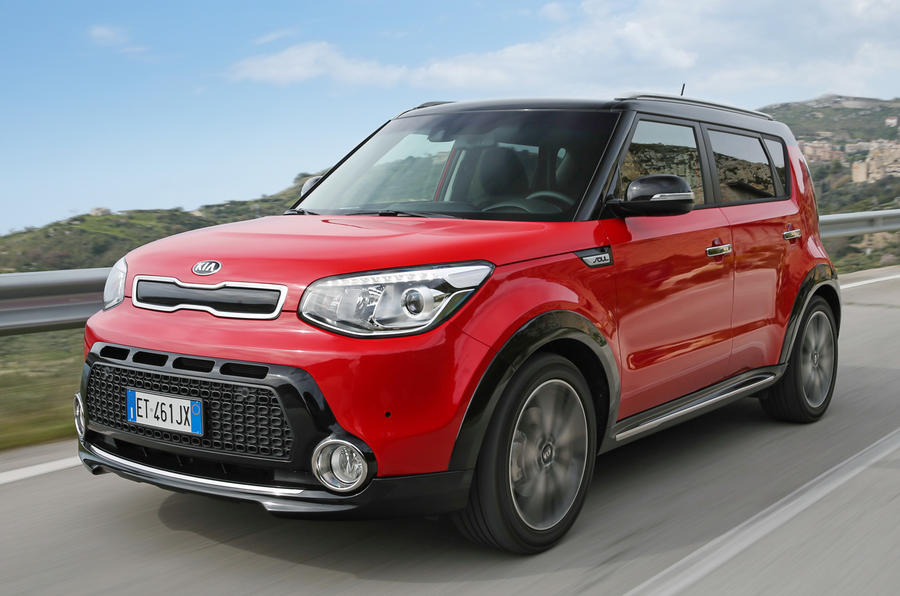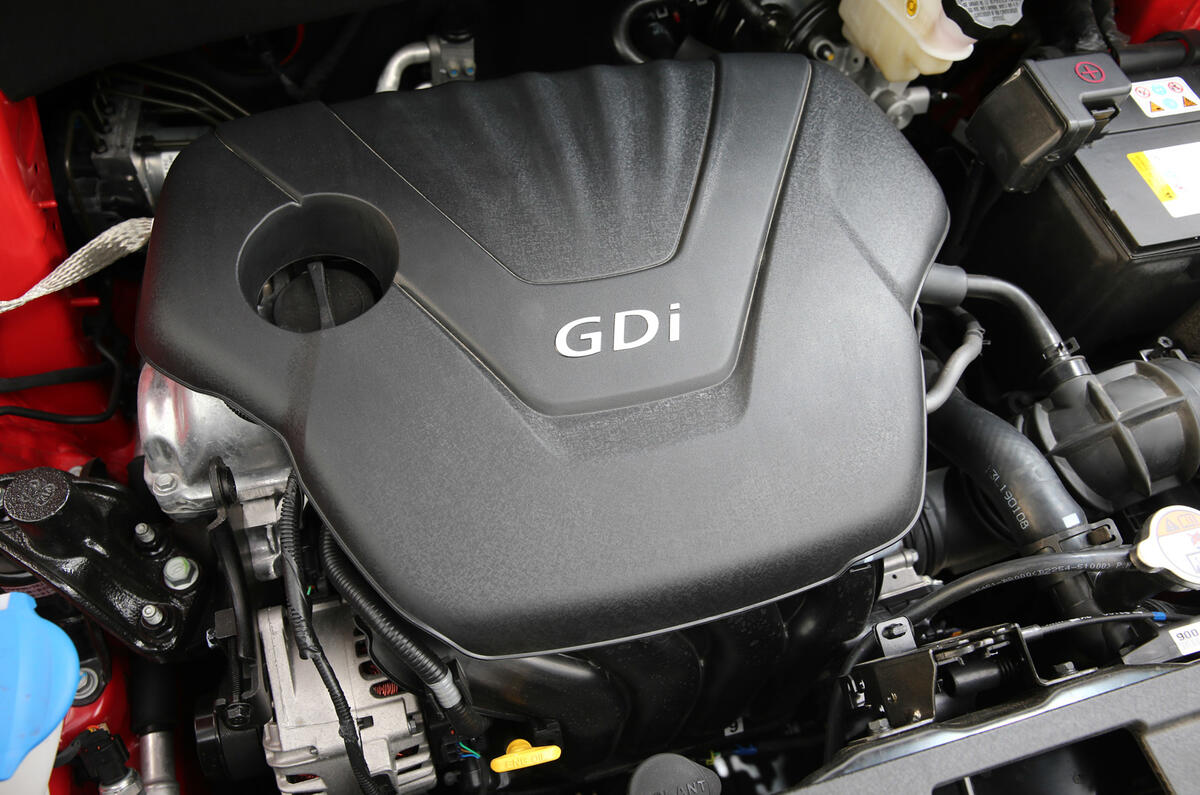Striking, and quite appealing. Having been so bold with the design of the original Soul back when there was really no crossover supermini mould to break, Kia’s smoothed the wrinkles and refined the details of the car’s styling, and has added freshness and artistry without eroding the distinctiveness.
And it’s the distinctiveness that’s all-important here; Soul owners will be people who like something a bit different. Even though there’s been an explosion in bestilted B-segment runners in the last three years, the Soul continues to play the eccentric well.
On the inside, the car’s roomier than it was, particularly for heads, as well as richer and better furnished and finished. Equipment levels have significantly improved, too. The fascia could do with more colour and life about it, and the boot could be bigger. That apart, the Kia Soul’s cabin is an impressive place.
So much is true, of course, of a diesel-powered Soul. The petrol engine idles quietly and fairly smoothly, and operates at low revs with little noise or fuss. But the next thing you’ll notice about it is how hard you have to work to get any kind of briskness or urgency back.
Peak torque isn’t produced until near enough 5000rpm, and even beyond that point in the rev range there’s limited acceleration to tap into, and plenty of straining and screaming from under the bonnet. The diesel makes a much quicker car in the real world, and because it's more flexible, it’s also much easier to drive.
So much for the performance argument. The other argument for petrol power might be refinement, but the Kia Soul GDI has little more of that than the CRDI. That’s largely because the diesel’s laudably quiet and smooth however, rather than because the petrol’s particularly noisy. On fuel economy, our test car just about bettered 35mpg on a mixed run: poor enough to be another fine advert for the diesel.
You’ll look long and hard for a dynamic reason to pick petrol over diesel. Since both versions of the car are quite stiffly sprung anyway, there’s no better body control on offer in the petrol model, and the Soul’s handling seems little better balanced or more incisive in petrol form.





































Join the debate
Add your comment
151g/km
Kia need to adopt turbo's and